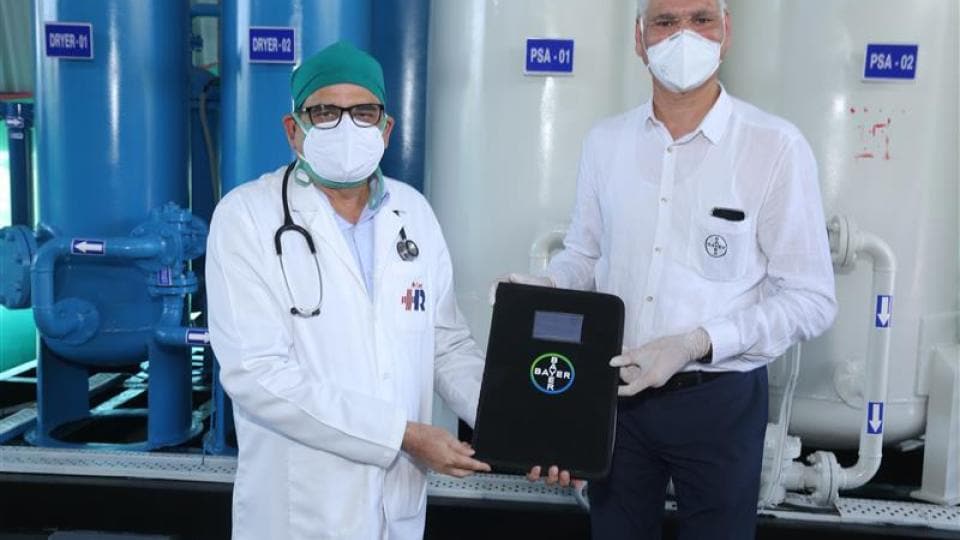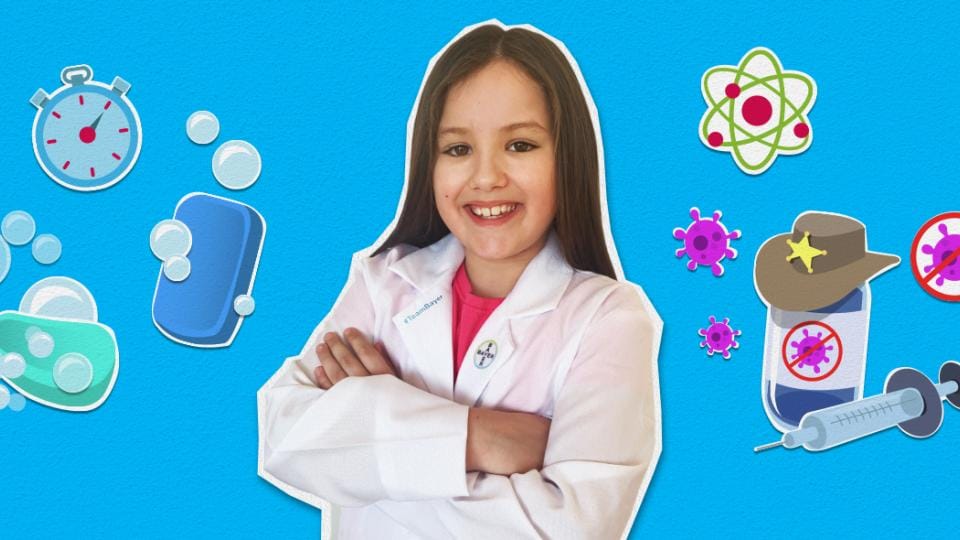Long-term effects of COVID-19: Coronavirus can damage the heart

According to studies, even a mild COVID-19 infection can lastingly impair the heart – although the infection appears to have been overcome. Bayer scientist Dr. Frank Misselwitz explains what we know about the impact of COVID-19 on the heart and what it means for patients.
Dr. Misselwitz, what do we know so far about damage to the heart following a COVID-19 infection?
We now know that the coronavirus can damage nearly all the organs – including the heart. In July, researchers at Frankfurt University Hospital examined 100 corona patients about two months after an acute COVID-19 infection and produced MRI images of their hearts. What they found was unexpected: 78 percent of the participants showed drastic changes in their heart muscle. And these changes occurred irrespective of whether their illness had been severe or they had only shown mild symptoms that they recovered from at home. This means that even after having recovered from an infection, patients must be careful – because they may not return to full health for a long time.
What do these changes in the heart muscle look like?
A typical change revealed by magnetic resonance imaging is scarring of the heart tissue. The coronavirus can trigger inflammation of the blood vessels in all organs, including the heart. When these inflammations heal, it can result in fibrotic changes – in other words scarring. This in turn impairs the function of the organ, which in the case of the heart means that it pumps less blood. This makes it less resilient and can lead to heart failure and the full picture of a viral heart muscle inflammation.
Is this a known effect of other viral diseases?
Yes, we know of other viral diseases that attack the heart. One example is the flu: here as well, damage to the heart or a heart muscle inflammation can sometimes develop if it isn’t fully treated.
What are the symptoms of a heart muscle inflammation?
Patients who seemed to have overcome a COVID-19 infection complained that they had no physical strength, became easily fatigued and had trouble catching their breath when climbing stairs, for example. A few had chest pains or noticeable heart palpitations.
Of course it’s normal to initially feel worn-out after such an illness. Fortunately, such heart damage isn’t a widespread phenomenon because not everyone who gets infected with the virus actually becomes ill. But when a patient notices that a certain exhaustion is lingering for several weeks and doesn’t seem to be getting better, this is a condition that should be medically examined. Especially because we’ve also seen that an infection can manifest itself in the heart over the long term irrespective of the illness severity, pre-existing conditions and the patient’s age.
What are the treatment options?
One hard-and-fast rule is that those affected with the virus should take it easy and avoid physical exertion. Exercise is to be avoided at all costs for several months. Physical labor can also impede the recovery. The duration of a heart muscle inflammation varies from case to case. We know that the duration of illness with other viral heart muscle inflammations is very long, but can gradually normalize over time. This can sometimes take one, two or even three years, however.
At Bayer we are of course intensively researching how to treat the long-term effects of COVID-19. As a cardiovascular company, we have an obligation toward our patients. For example, we are examining whether medications from our product range can be used to help patients. We have a drug product that could impact scarring, for instance. But as I said, that field still needs to be researched. We are also very active in radiology: for instance, we are working to improve the evaluation of radiological images and diagnosis with the help of artificial intelligence.
Are there ways to protect against such long-term effects of COVID-19?
Certainly one crucial approach is to reduce the viral load. We’ve repeatedly observed that patients who have only received a low viral load and otherwise have a healthy immune system can cope with the illness quite well. By the same token, we also see that patients receive the full viral load through close physical proximity or the lack of a mask. A healthy immune system may not be able to cope with that. It is therefore important to remember that even a simple mask helps to reduce the viral load and prevent a severe progression of the illness.
About Dr. Frank Misselwitz
Before joining Bayer’s drug research team, Frank Misselwitz worked as a doctor at university clinics for more than ten years and treated patients in a blood clot clinic. From 2002, as Head of Clinical Development at Bayer, he was instrumental in the development of the innovative anticoagulant rivaroxaban (brand name Xarelto), for which he and his team received the “German Future Prize” from the German President in 2009. From 2005, he managed the therapeutic area Cardiovascular and Coagulation in Clinical Development and is now an Executive Scientist for Bayer.





















